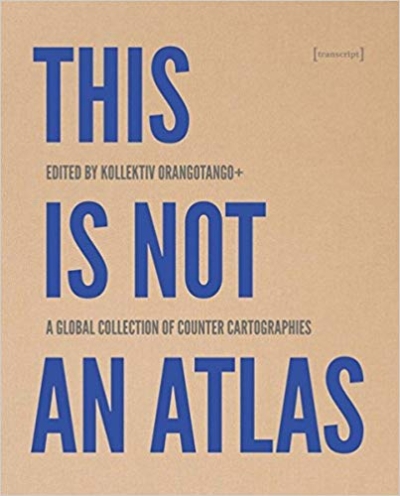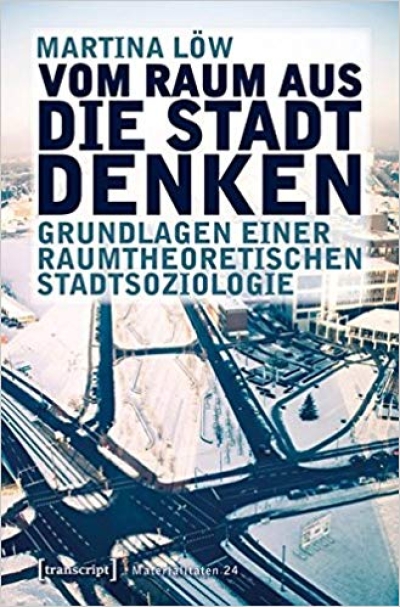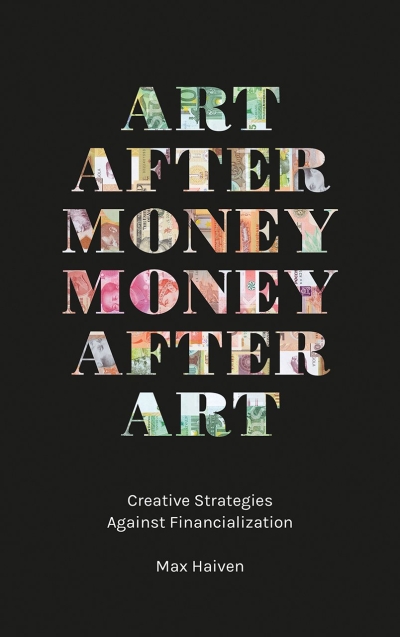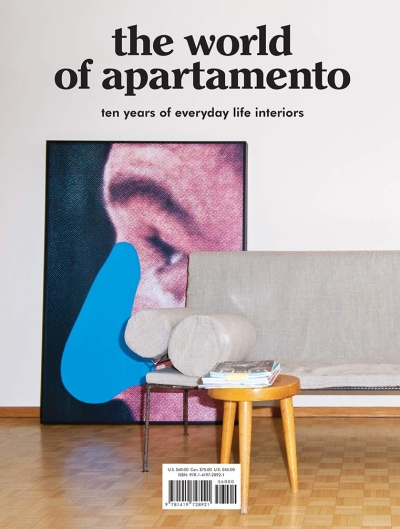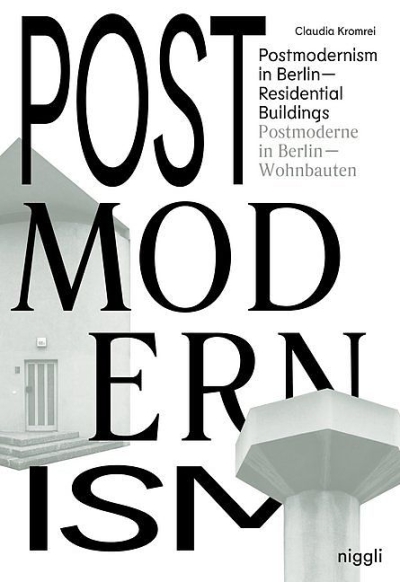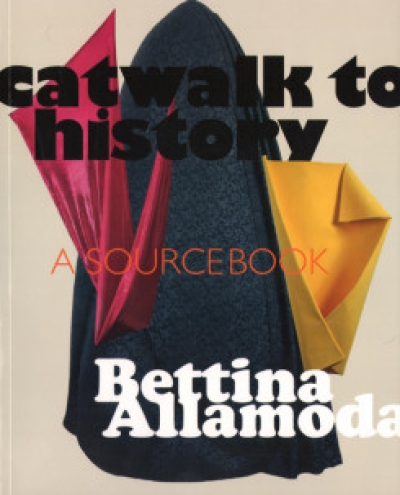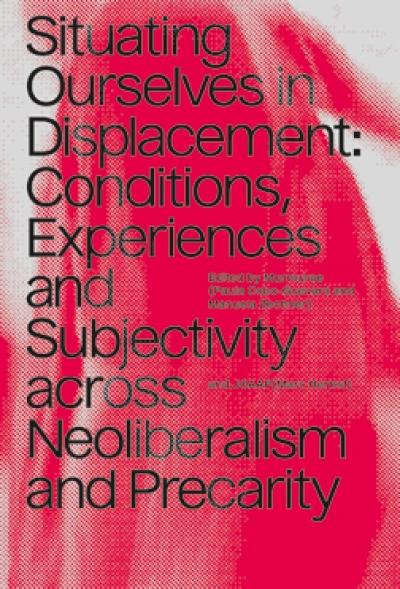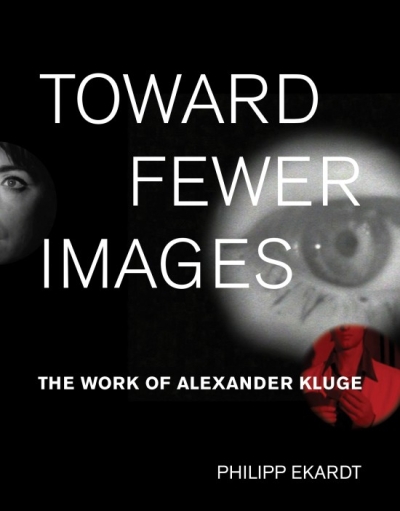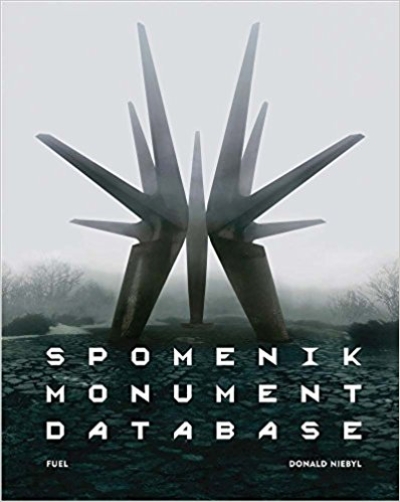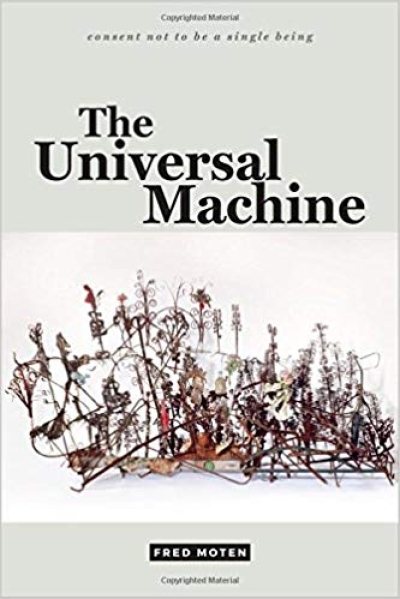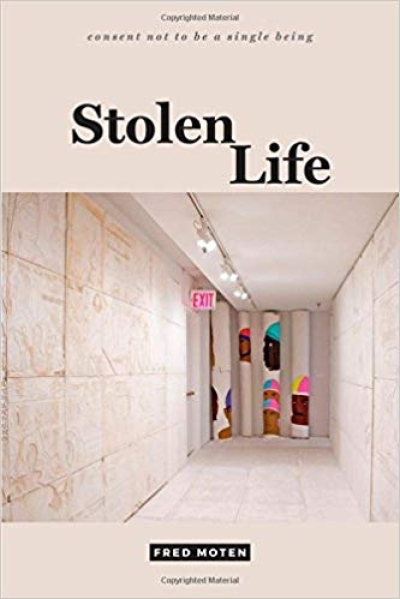
Catwalk to History - A Sourcebook
Zwischen Handbuch und Journal, ist Catwalk to History eine anschauliche Darstellung von Bettina Allamoda’s Arbeitsprozess mit umfangreichem Bildmaterial und informativen Texten. Die Auswahl beinhaltet über 100 Farbabbildungen ihrer Skulpturen, Installationen, Collagen, dokumentarischen Fotographie, Performance- und Videoarbeiten, Siebdrucke und Zeichnungen, sowie Beiträge von Claudia Basrawi, Jörg Heiser, Jan Kedves, Katrin Bettina Müller und Juliane Rebentisch im Gespräch mit der Künstlerin.
In enger Zusammenarbeit mit den Beteiligten, beleuchtet das Buch Allamoda’s Interesse an Körper, Raum und Skulptur, sowie der Analyse und Freilegung verborgener Politiken der Sichtbarkeit, die in den Oberflächen populärer kultureller Phänomenen, wie Kunst, Architektur, Design, Mode, aber auch in Geschichte, Archäologie, Dokumentation eingeschrieben sind. Ausgehend von Medien, Wahrnehmung und Erinnerung wird dargelegt wie die Geschichte als Display und Präsentation, geschrieben, ausgegraben, neu-interpretiert oder sogar (von künftigen Generationen) „zurückgebaut““ wird.
Jan Kedves reflektiert die Mode der Macht in seinem Text: Privilegierter Zugang zum „Anderen“. In “X plus Körper” sprechen Juliane Rebentisch und Bettina Allamoda über Skulptur, Raum und Körper(politiken). Während Katrin Bettina Müller über ästhetische Transformationen der Geschichte nachdenkt, beschreibt Claudia Basrawi in ihrem Beitrag. „Revolution als Mainstream (My Generation)“ ihre Wahrnehmung der 70er Jahre als Teenager, die von der allmählich zum Alltag gehörenden Medienwelt geprägt waren.
Die Handlungsoption, die wir einem kritischen Standpunkt zuschreiben - die dissidente Technik der Isolation/Wiederholung/Mutation –, entspricht genau der Technik der Torsion, die von Seiten der Macht aktiv eingesetzt wird (dehnen des Wahrheitsbegriffs, verdrehen der Fakten, zurechtbiegen). So oder so: Die „symptomatische Torsion“ ist in der äußeren Form, in der Gestalt einer jeden Situation enthalten...Körperliche Erfahrung wird durch Medienerfahrung überformt (oder andersherum). Und genau das überträgt Allamoda in den Bereich der Skulptur und der Collage, indem sie ihm die Form einer paradigmatischen, abstrahierten, aber dennoch konkret raum-zeitlichen Erfahrung gibt.“ ( aus: Symptomatische Torsion, Jörg Heiser)
A comprehensive representation of Bettina Allamoda' s working process of recent years in both word and image. This selection contains over 100 color pictures of her sculpture, installations, collages, documentary photographs, silkscreens and drawings, performance and video works, as well as essays by Claudia Basrawi, Jörg Heiser, Jan Kedves, Katrin Bettina Müller and a conversation between Juliane Rebentisch and the artist.
In close collaboration with the contributors, covering popcultural phenomena inscribed in art, architecture, design, fashion, but also: history, archeology, documentation, this book illuminates Allamoda’s interest in the politics of the surface, the body, physical space and sculpture. Based on media, reception, and memory – it reveals her attempt to display and present how history is written, excavated, reinterpreted and even re-built or exploited by later generations.
Jan Kedves reflects the fashion of power in: „Privileged Access to the Other“.
Juliane Rebentisch elaborates on body politics and sculpture in conversation with Bettina Allamoda, as „Body Surplus“. While Katrin Bettina Müller considers aesthetic transformations of history, Claudia Basrawi describes her teenage perception of the 1970s as „Revolution as Mainstream (My Generation)”.
„The very agency that we ascribe to a critical point of view – the dissident isolation/repetition/mutation technique – is the very technique of torsion (stretching the truth, twisting the facts, spinning) also actively employed on the side of form, the „gestalt“ of a given situation(...) Physical experience is warped through media experience and vice versa. This is precisely what Allamoda transfers into the realm of sculpture and collage, formalizing it into a paradigmatic, abstracted, yet concrete spatio-sensory experience.“ (Symptomatic Torsion, Jörg Heiser)
